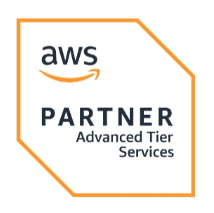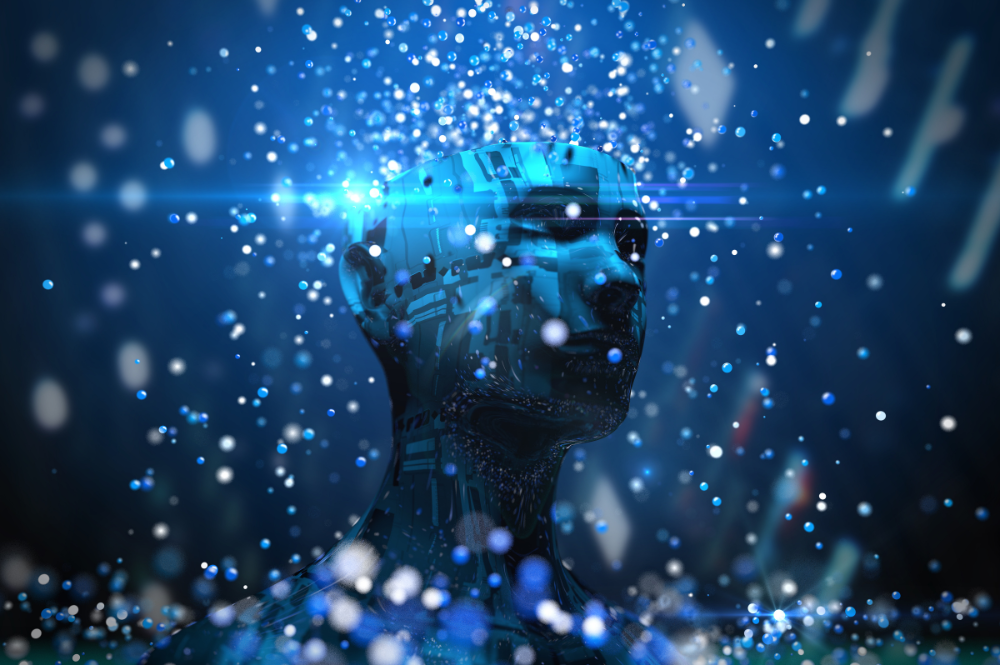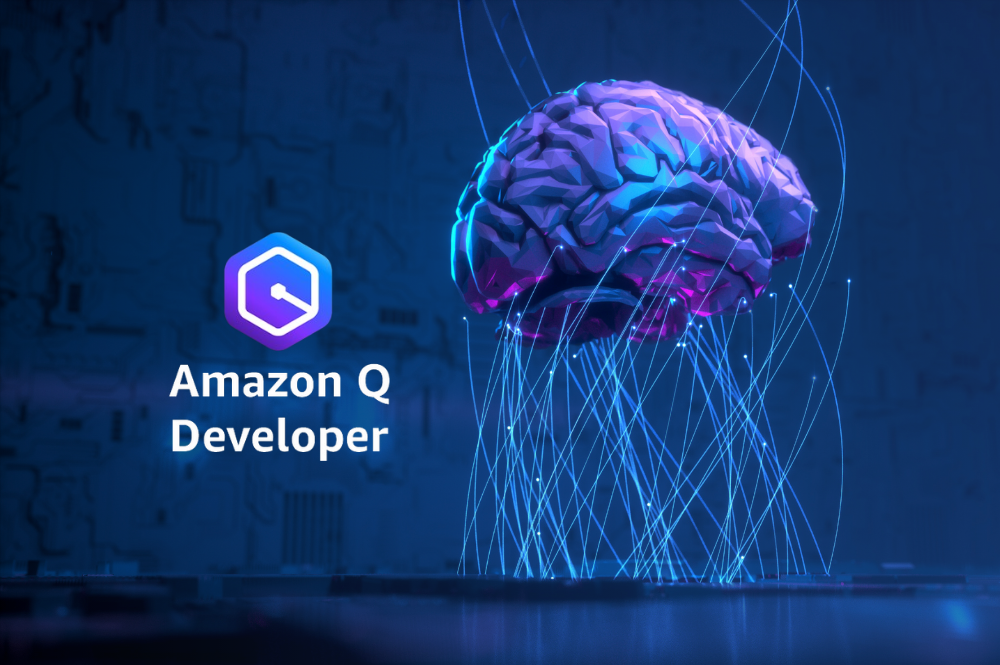If you’ve ever dealt with a legacy application, you know the pain of slow release cycles, brittle architectures, and constant troubleshooting just to keep things running. Even after migrating to the cloud, many teams find they’re still stuck in the same old patterns. This brings us to the real question: if your team still struggles to release quickly, adapt to change, or learn from production, did you really modernize?
It’s time to rethink modernization! Not as a one-time migration effort, but as an ongoing evolution in how we build, operate, and improve software. And the exciting part? With Generative AI in the mix, this shift doesn’t have to be slow or painful anymore.
In this blog, we’ll break down what application modernization truly means, and how Generative AI is helping teams move beyond traditional refactoring. By enabling intelligent automation, deeper code insights, and faster cloud-native adoption, we’ll explore how Generative AI is reshaping how organizations design, build, and scale modern applications on AWS.
What Application Modernization Looks Like Today
Application modernization has come a long way. What once began as a simple lift-and-shift effort, moving old applications to cloud servers, has evolved into a sophisticated and multi-layered process. Today, it goes beyond just infrastructure. It’s about rethinking code, redesigning architecture, and reshaping user experiences from the ground up.
We’re seeing this shift play out in real ways:
- Breaking Down Monoliths: Moving from big, hard-to-change monoliths to microservices or modular monoliths that are easier to work with
- Embracing API-First Design: Swapping out rigid stored procedures for flexible, API-first architectures
- Scaling with Modern Infrastructure: Trading on-premises servers for scalable platforms such as Kubernetes, Elastic Container Service (ECS), Elastic Kubernetes Services (EKS), or even going serverless
- Automating Testing and Delivery: Leaving behind manual testing in favor of CI/CD pipelines with built-in test automation
So, what’s really driving all this change?
For businesses, the push is all about becoming more agile, releasing faster, cutting costs, and reducing risks. Staying competitive and making space for real innovation has never been more important. But for developers, it’s more personal. We want to understand code faster, make fewer mistakes, and stop wasting time on repetitive, manual migrations. We want tools that take care of the tedious tasks so we can focus on building what really matters.
If you’re looking to dive deeper into the latest application modernization strategies and how they can transform your business, be sure to check out our blog on the 7 Essential Strategies for Modernizing Your Applications. Explore practical ways to modernize your systems, eliminate inefficiencies, and stay competitive in today’s dynamic market.
What’s Slowing Developers Down During Application Modernization?
Despite good intentions, many modernization efforts stall due to the hidden obstacles within messy legacy systems. Here’s a list of common obstacles that impede developer progress in modernizing these applications:
- Undocumented Code and Tribal Knowledge: A lot of legacy code wasn’t documented well. The people who originally built it might have left, and now only a few folks understand how things work. For new developers, it’s like trying to decode a puzzle with missing pieces.
- Tight Coupling Across Layers: The UI, backend services, and data are often so tightly woven together that changing one part can accidentally break everything else. It’s risky and frustrating.
- Lack of Clear Domain Boundaries: Functions blend into each other with no clear lines. You’re never quite sure where one responsibility ends and another begins.
- Dependency Spaghetti: Everything depends on everything else. One tweak causes a ripple effect across the whole system.
- Developer Fatigue: Teams are stuck in endless cycles of refactoring and migrating code that no one is excited to work on. Motivation drops when progress feels more like patching holes than building something new.
The deeper issue isn’t just outdated code. It’s cognitive load. Developers don’t just need faster compute; they need faster comprehension. Current methods of modernizing applications are too slow, risky, and stressful for developers and don’t inherently improve software understanding or maintainability. That’s where a smarter, Gen AI-powered approach can really make a difference.
From Assistant to Architectural Ally: Generative AI’s Expanding Role in Application Modernization
Generative AI goes far beyond speeding up typing with autocomplete or writing boilerplate code. It’s becoming something much more powerful, an intelligent teammate that can actually understand what you’re trying to build and help you get there faster. Instead of just generating lines of code, Generative AI on AWS can help you with:
- Intelligent Code Understanding and Analysis: Moving beyond simple syntax checks, Generative AI can analyze complex legacy code to identify patterns, dependencies, and potential areas of risk, even in the absence of clear documentation. This enables a deeper comprehension of the existing architecture.
- Automated Code Transformation and Refactoring: While basic refactoring tools exist, generative AI can suggest and even automate more sophisticated code transformations, such as breaking down monolithic components or adapting code to modern architectural patterns.
- API Generation and Integration Assistance: Instead of manual API creation, generative AI can analyze legacy functionalities and automatically generate API specifications and even the initial integration code, significantly accelerating the process of exposing legacy capabilities to new systems.
- Data Modernization and Mapping: Generative AI can assist in understanding and mapping complex legacy data models to modern database schemas, and even generate code for data migration and transformation pipelines.
- Automated Test Case Generation: Creating comprehensive test suites for modernized applications can be time-consuming. Generative AI can analyze code and generate relevant test cases, ensuring the stability and reliability of the transformed systems.
- Knowledge Extraction and Documentation: By analyzing code and existing documentation (if any), generative AI can help extract key information and even generate up-to-date documentation, reducing the reliance on tribal knowledge.
Think of it as a layer of intelligence that lives right inside your development workflow, guiding and supporting you from start to finish. With AWS, this idea becomes real. Their suite of Generative AI-powered services helps modernize applications in practical, developer-friendly ways:
- Amazon Q Developer: Integrated into IDEs and terminals, it helps developers understand code, suggest refactors, debug issues, and answer context-aware questions. It also runs security scans and offers AI-powered fixes to improve quality and safety.
- Amazon Bedrock: Simplifies integrating foundation models (FMs) into applications, enabling content generation, automated documentation, and smart architecture suggestions. It supports app modernization by helping refactor legacy code, streamline workflows, and build scalable features, all without managing infrastructure.
- Amazon SageMaker: Empowers teams to build custom machine learning models that support specific needs in the modernization process, such as automatically refactoring code, enhancing system performance, or recommending optimal deployment strategies. It can also help analyze legacy data to determine how best to migrate or restructure.
Together, these tools aren’t just helping you write code faster, they’re helping you write better code, build smarter systems, and spend more time on what really matters, innovation!
Generative AI in Action: Application Modernization Use Cases on AWS
Generative AI isn’t just a buzzword. This technology is transforming the way developers approach application modernization. By automating complex processes, enhancing decision-making, and optimizing architectures, Generative AI enables more efficient and scalable solutions. Let’s explore some real-world use cases where AWS is integrating Generative AI into modernizing applications.
Use Case # 1: Accelerating Workload Modernization with Amazon Q Developer
To modernize applications effectively, you need a clear understanding of your current architecture, a well-defined strategy for improvement, and the ability to minimize disruptions. Amazon Q Developer helps you achieve all of this by acting not just as an assistant, but as a strategic partner throughout the entire Software Development Life Cycle (SDLC).
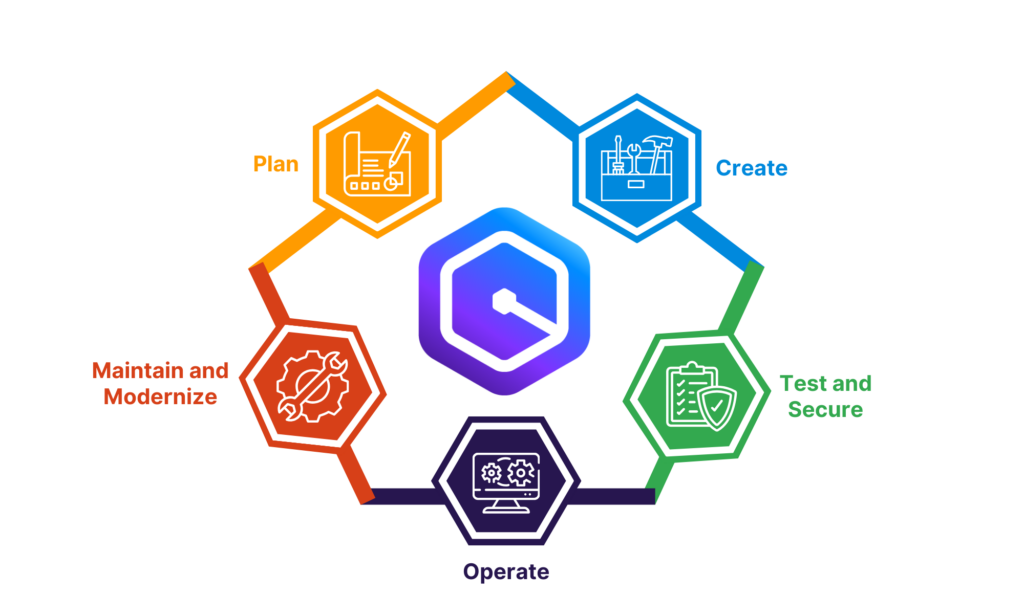
Figure 1: Amazon Q Supports Developers Across the Software Development Life Cycle (SDLC)
Let’s break it down into three stages where Amazon Q Developer really shines:
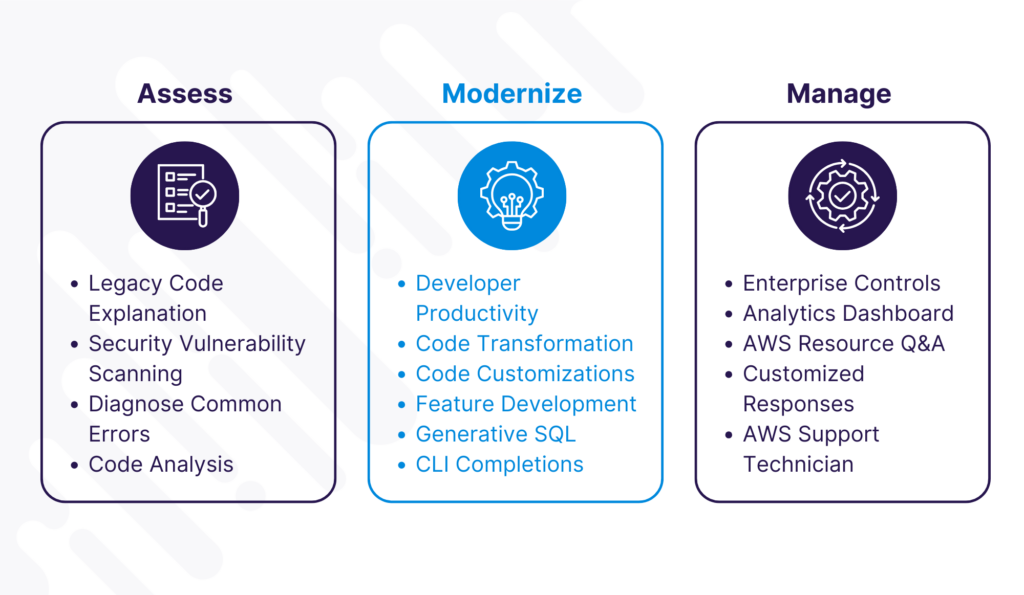
Figure 2: Amazon Q Developer Supports Across the Software Development and Modernization Lifecycles
1. Assess
Before making any changes, you need a clear picture of what you’re working with. Amazon Q Developer helps teams:
- Explaining legacy code in simple, understandable terms
- Identifying common errors and diagnosing network reachability issues
- Running security vulnerability scans to detect potential risks
- Analyzing code to pinpoint risky patterns that could cause future problems
So, whether you’re trying to make sense of old Java or diagnose strange errors, Amazon Q Developer helps you see the landscape clearly before making a move.
2. Modernize
This is where the real transformation happens, and where Amazon Q Developer really steps up. It supports:
- Code transformation to upgrade older syntax or architecture
- Generative SQL for modern, efficient queries
- Feature development and code customizations guided by your intent
- Collaborative code planning in IDE chat
- CLI completions and expanded transformation capabilities to speed up tasks
For example, Amazon Q Developer can compile Java 17 projects or even port .NET Framework applications from Windows to Linux. These tasks, which once took days, can now be completed in just minutes with Amazon Q Developer.
3. Manage
Once you’ve modernized, you want to manage and scale without chaos. Amazon Q helps by offering:
- Enterprise-grade governance controls to ensure compliance and security
- A built-in analytics dashboard to track progress and identify bottlenecks
- AWS Resource Q&A, allowing developers to query cloud resources directly
- Customized Q responses that align with your company’s internal standards
- A built-in AWS Support Technician for faster troubleshooting and problem resolution
Amazon Q Developer meets us where we work, accelerates transformation, and keeps our applications moving forward without adding complexity.
Use Case # 2: Building Generative AI Applications with AWS Serverless
Application modernization encompasses both revitalizing existing systems and building entirely new, innovative applications leveraging advancements such as Generative AI. AWS Serverless services provide a powerful and agile foundation for constructing such intelligent applications, enabling developers to focus on the core AI logic without the complexities of managing underlying infrastructure. The speed of Serverless combined with the power of Generative AI equals the rapid delivery of smarter applications and features, with a laser focus on innovation.
Serverless on AWS acts as the ideal engine for building Generative AI applications by enabling foundation models to seamlessly complete critical tasks:
- Defining Architecture and Orchestration: Services such as AWS, Lambda, AWS Step Functions, and Amazon API Gateway can orchestrate complex workflows involving multiple serverless functions and foundation model API calls. This allows you to define sophisticated Generative AI logic for your applications.
- Configuring FM Access to Data Sources: Generative AI often relies on large datasets to improve accuracy and efficiency. Serverless compute on AWS make it easy to configure foundation models to access data sources securely, enabling seamless integration with data lakes, databases, and other cloud-based repositories.
- Completing Workflow Actions with API Calls: AWS Serverless services enable you to build fully orchestrated workflows that integrate generative AI with other cloud services. Through API calls, you can trigger various actions, such as invoking models for inference, processing data, or connecting to other services like Amazon S3 for data storage or Amazon DynamoDB for fast access to structured data.
- Accelerating Application Hosting and Security: Serverless compute eliminates the complexities of infrastructure management, allowing you to accelerate hosting and deployment of your generative AI applications. AWS offers built-in security features, such as encryption and access controls, which protect your AI models and the data they process.
The flexibility of AWS Serverless caters to different approaches and needs when building generative AI applications:
- Consumers: This persona leverages pre-trained foundation models accessible via APIs, often through services like Amazon Bedrock. Serverless functions act as the glue, allowing developers to quickly integrate powerful generative AI features (such as content generation, summarization, or translation) into their applications without needing to train or manage models themselves. This is ideal for rapidly adding intelligent capabilities to modernized or new applications.
- Tuners: These users take pre-trained foundation models and customize them for specific domain needs or to enhance existing SaaS products. Serverless compute provides the scalable environment required to run fine-tuning jobs and then deploy the customized models behind serverless APIs for efficient and cost-effective inference. This allows for the creation of more specialized and valuable generative AI-powered features within modernized applications.
- Builders: Typically larger enterprises with significant compute resources, this persona develops foundation models from scratch. While the training phase might involve more specialized infrastructure, serverless compute can still play a crucial role in deploying and scaling the inference endpoints for these custom-built models, making them accessible to applications in a highly scalable and cost-efficient manner.
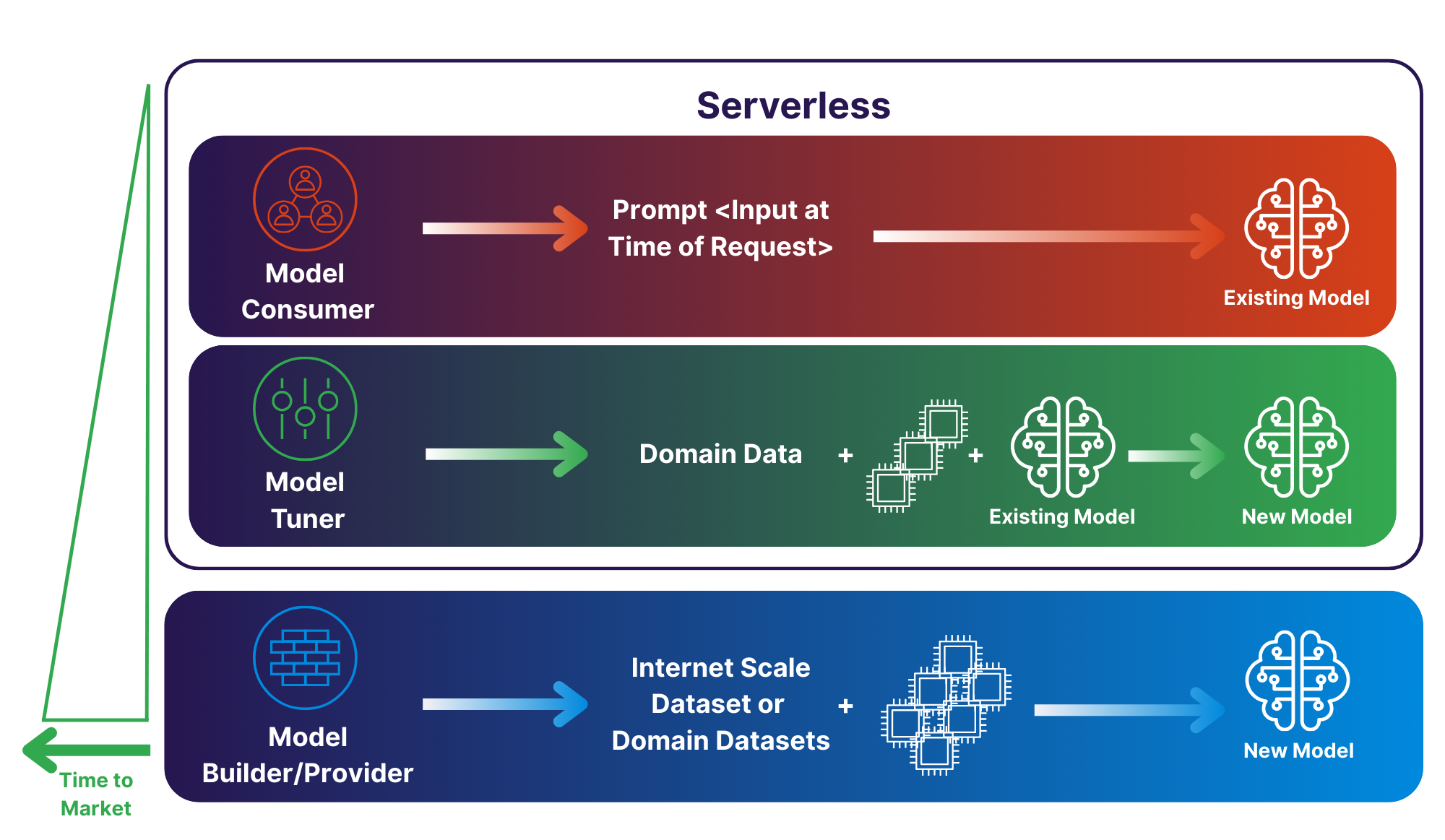
Figure 3: How Generative AI Integrates with Serverless
Use Case # 3: Building Generative AI and Data Foundations with Amazon EKS
Generative AI might be the tip of the innovation iceberg, but underneath it all? Data is everything. Without clean, connected, and well-architected data, even the most advanced Generative AI solutions will struggle to deliver real value. Tools such as Amazon EKS can help manage containerized workloads and support the creation of modern, scalable data foundations that Generative AI can truly build on.
Why Data Quality Matters for Generative AI
Generative AI systems are only as good as the data they’re trained on or connected to. So, before Generative AI can thrive, your data architecture needs to be rock solid.

Figure 4: End-to-End Data Architecture for Generative AI Applications
To support high-performing Generative AI, you need a modern data architecture that can handle scale, variety, and trust. This means setting up the right tools and infrastructure across several critical layers, including:
- Modern Technology Foundations: Kubernetes (via Amazon EKS) gives you the flexibility to run data services reliably across hybrid environments.
- Diverse Storage Types: Easily manage structured and unstructured data; everything from logs and images to enterprise databases.
- Databases that Fit the Task: Use SQL for transactional data, NoSQL for scale, vector databases for Generative AI embeddings, and graph/document stores for relationships and metadata.
- Analytics and Data Lakes: Power your Generative AI applications with real-time insights using batch processing, streaming, and interactive query services.
- Data Integration Pipelines: Ingest, transform, and stream data from across your organization keeping your Generative AI models up to date and context aware.
- Data Governance: Ensure your data is trusted and secure with cataloging, privacy rules, quality checks, and access controls, all of which is orchestrated with Amazon EKS-backed tools.
Before Generative AI can truly deliver value, it needs a strong foundation of reliable, well-structured data. Modernizing your data infrastructure ensures your applications are intelligent, responsive, and future-ready.
If you’re wondering where to start, check out our blog on Future-Ready AWS Data Architecture for AI Innovation. It walks through the strategic design principles you’ll need to lay the right foundation before scaling your AI efforts.
Use Case # 4: Transforming Platform Engineering with Generative AI
The impact of application modernization extends beyond development teams to platform engineering. Generative AI on AWS presents significant opportunities to streamline and automate various platform engineering tasks, freeing up these teams to focus on strategic initiatives. Imagine using Generative AI to automatically generate infrastructure-as-code (IaC) configurations for the modern environments required by the modernized applications. Or consider leveraging AI to analyze existing platform infrastructure and suggest optimizations for performance, cost efficiency, and security.
Generative AI could also assist in creating and maintaining internal developer portals and self-service tools, enhancing the developer experience and accelerating the adoption of the modern platform. By applying generative AI to platform engineering practices, you can build more agile and efficient delivery pipelines for their modernized applications.
How can all of this be achieved on AWS? Amazon Q turns this vision into reality by offering hands-on, practical tools that simplify and accelerate platform development and operations with:
- Amazon Q Developer: Supports platform engineering by generating platform-specific code and configuration files, automating DevOps workflows, and streamlining development tasks. It helps you build and scale internal platforms faster and with greater consistency.
- Amazon Q Business: Acts as an intelligent assistant for internal teams, offering real-time support for onboarding, troubleshooting, and navigating playbooks. This reduces friction across platform operations and boosts team-wide productivity.
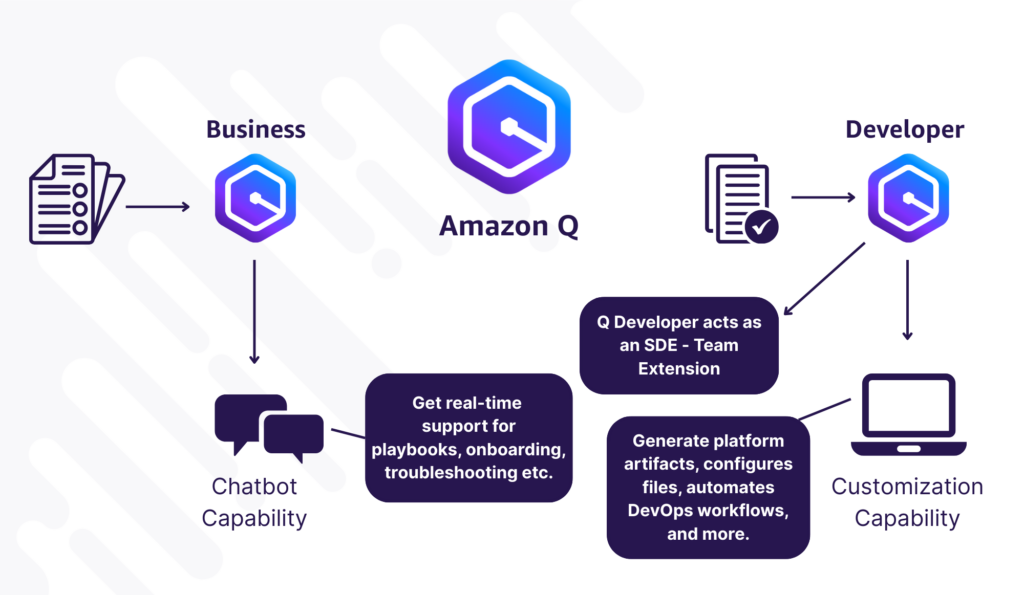
Figure 5: Benefits of Generative AI in Platform Engineering
Challenges and Realistic Expectations of Generative AI for Application Modernization
Generative AI is a powerful tool, but it isn’t without limitations. It can misinterpret code intent, suggest changes that don’t quite fit, or even invent functions that were never part of your application. That’s why it’s essential to treat Generative AI as an intelligent collaborator, not a replacement for human expertise.
While these AI capabilities can accelerate development, uncover insights, and automate repetitive tasks, thoughtful architectural decisions still require human judgment. Generative AI also lacks the ability to fully understand your business’s unique context and should never be trusted to deploy production-ready code without careful review.
That’s where good practices come in:
- Pair AI with Human Review: Ensure every AI-generated output is reviewed by experts to maintain accuracy, relevance, and alignment with your business needs.
- Use AI for Support, Not Strategy: Let AI handle repetitive tasks and code suggestions, while your team focuses on high-level decisions and innovation.
- Train AI with Real Team Workflows: Fine-tune AI models using your team’s actual processes and data to improve relevance, usability, and long-term impact.
So, what’s the bottom line? Generative AI in application modernization works best when you treat it like a smart junior developer. One that’s quick to help, but still needs guidance.
Legacy Doesn’t Have to Be a Liability: Reimagine Application Modernization with Cloudelligent
The real problem isn’t your legacy systems; it’s the outdated way you’ve been told to modernize them. Rewriting everything from scratch, migrating line by line, hoping it won’t all break is slow, exhausting, and holding your team back.
At Cloudelligent, we take a smarter approach. By combining the power of AWS and Generative AI, we help modernize your applications in a way that actually moves the needle; with less guesswork and more momentum.
From untangling outdated code to improving performance and designing future-ready architectures, we help you modernize with purpose and precision, all without burning out your developers.
Ready to see what real modernization looks like? Schedule a FREE Application Modernization Assessment and discover how Generative AI and AWS can help you turn legacy into a launchpad.




